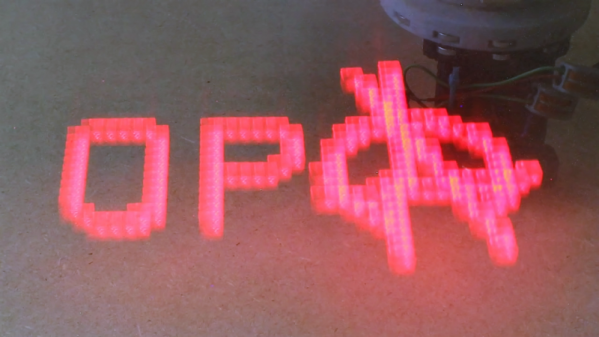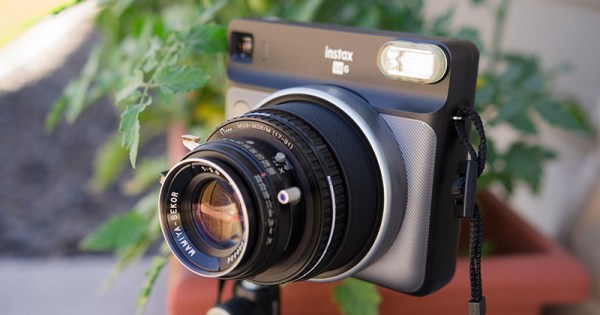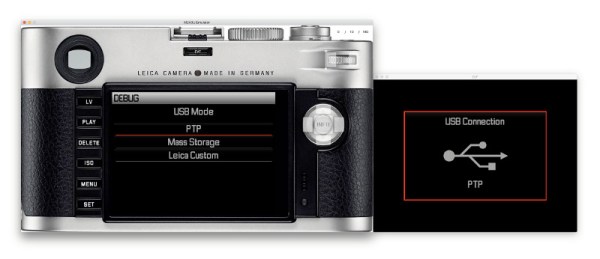Just like how vinyl records are seeing a resurgence in an era of digital streaming music, we’re also seeing a lot of people interested in another technology that is as obsolete as it is perfected. The large format camera is back as a kit, it makes huge images, and there’s an Open Source version if you want to print your own.
The Standard 4×5 is a project to build an affordable, lightweight, 3D printed large format camera. It was a Kickstarter project last year, and after a lot of work the project has now been improved with better rails, better bellows, and a lot of refinements.
As an Open Source project, this camera has all the models available, dimensioned drawings for all the metal parts, and a lot of patience required to make your own bellows. With this, you can screw a lens on take a picture, just make sure you get the focus right with some ground glass beforehand.
As for why anyone would want a large format camera, there are a few things that big cameras with tiny apertures can do that nothing else can. Here’s the pinhole solution for the Standard 4×5 with a laser drilled hole, and with this camera you’re getting an f-stop between f/240 and f/520.

















